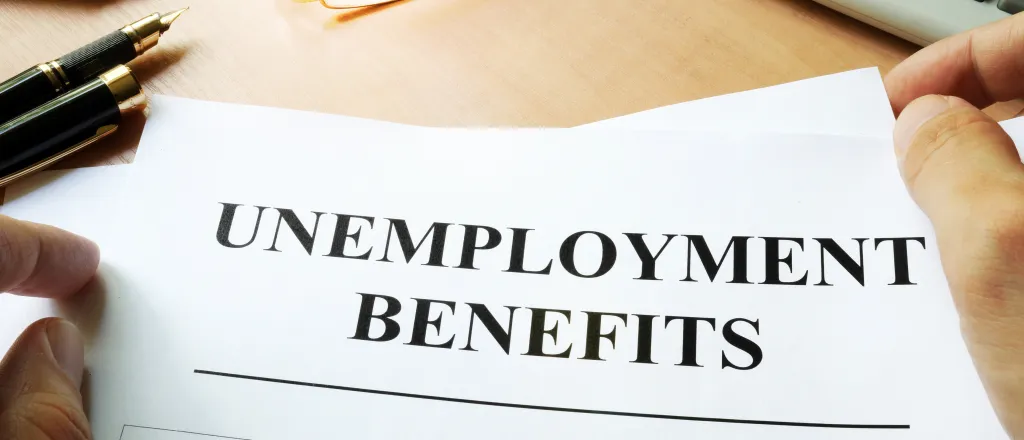
Fed study: Ending pandemic unemployment aid connected to 'substantial rise' in employment
(The Center Square) – States that ended pandemic unemployment aid saw "a substantial rise" in employment, according to a recent working paper from the Federal Reserve Bank of St. Louis.
The study, which used data from 46 states and Washington, D.C., found that "in the three months following a state’s [emergency unemployment benefits] termination, employment increased by about 37 people for every 100-person reduction in EUB recipients."
“The act of halting by a state was – on average – associated with a substantial rise in employment and a substantial decline in the number of unemployment insurance recipients relative to the other months,” the paper's authors concluded.
During the pandemic, federal and state governments created unemployment insurance programs that were designed to provide stimulus payments to people who lost their jobs, working hours, or other sources of income. The program provided weekly payments of $600 during most of 2020, although it was subsequently reduced to $300 per week in 2021.
As the payments were reduced, the program was also expanded to include contract, self-employed, and gig workers who were not eligible to receive the $600 per-week benefits.
According to the Fed's study, many recipients saw “more than one-for-one replacement rate on lost earnings” whereas typical unemployment insurance payments were designed to replace between 40 percent and 50 percent of one’s typical earnings.
“The strong positive jobs effect that the data uncovered offers another basis for public policy discussions,” the study said.
The study comes as the latest job figures from the Bureau of Labor Statistics show that nonfarm payroll jobs increased by 528,000 in July while the national unemployment rate dropped to 3.5 percent from 3.6 percent in June.
















